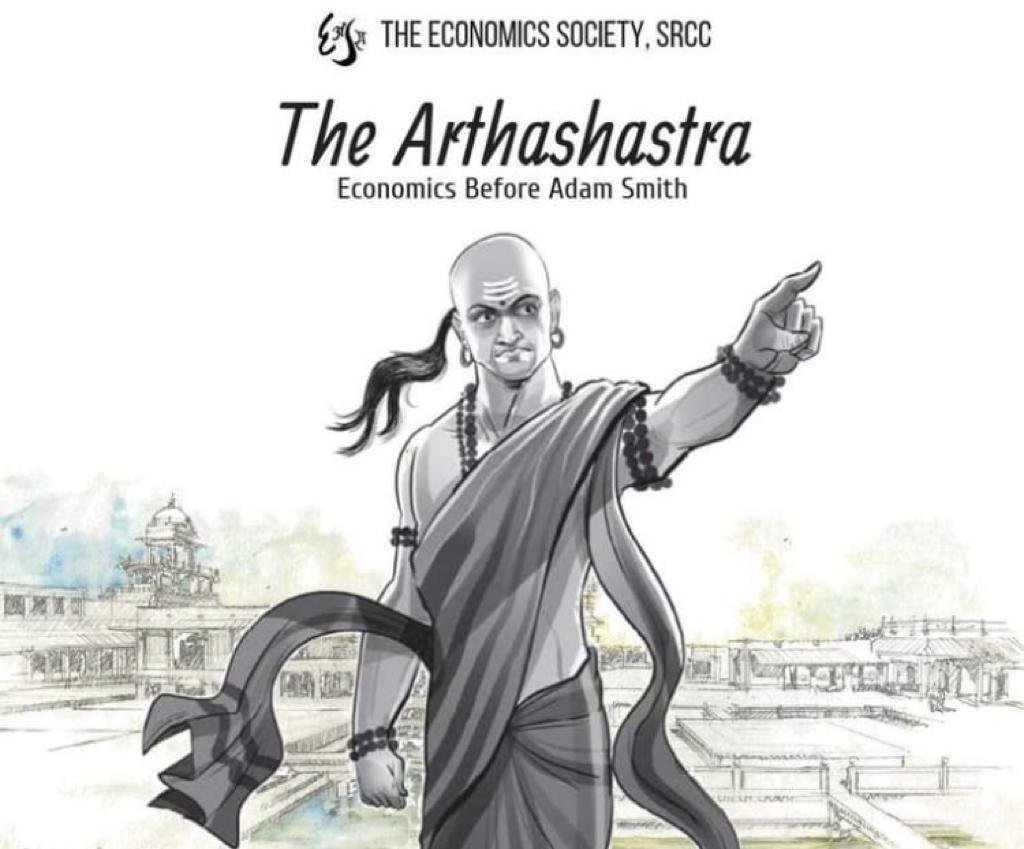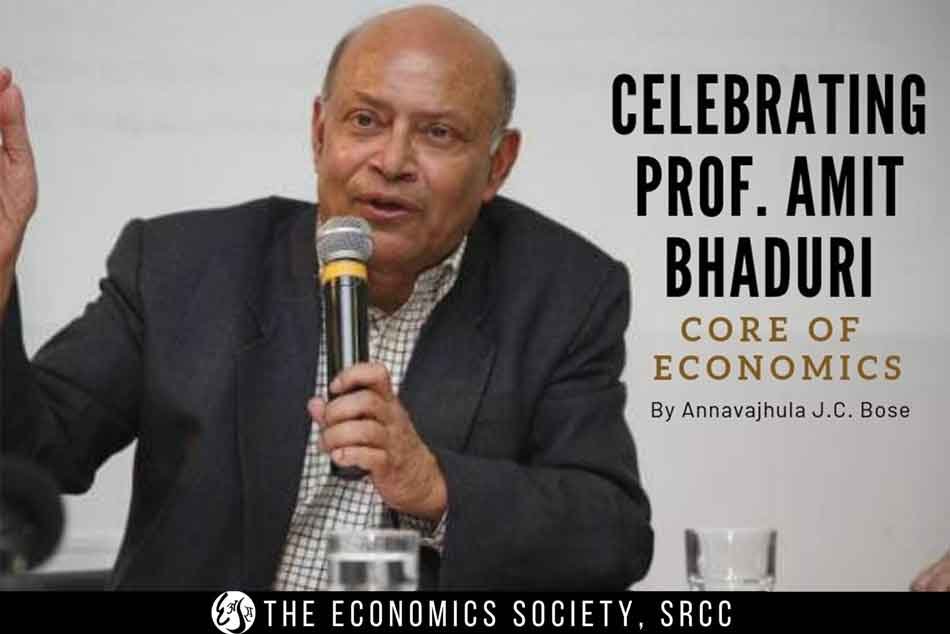
Development through Sports: A Possibility

“Sport has become a world language, a common denominator that breaks down all the walls, all the barriers. It is a worldwide industry whose practices can have a widespread impact. Most of all, it is a powerful tool for progress and for development.”
– Ban Ki-moon, Former UN Secretary-General
Sport is a social phenomenon that will inevitably promote prosperity in other areas such as education, health, science, etc. From the economic activity point of view, professional sport offers consumers and spectators psychological gratification which provides an incentive for them to pay for it, thereby being a marketable industry, open to commercialization.
Therefore, it is an excellent platform to build social capital. This fact is indicated by numerous reports which prove the co-existence of high levels of sports activity and social capital among children and adolescents, as well as adults.
Although the benefits of sport are plenty, research has shown us that investment in sports development has never been a priority for developing nations. This creates a vicious cycle in developing countries, leading to less investment in local talent, further disrupting the sports industry.
“No queremos goles, queremos frijoles”
The sentence in Spanish means “we do not want goals, we want beans”, painted outside a Mexican stadium in 1986. The line concisely portrays the dilemma that sport has to cope with in the developing world. A dilemma concerning whether or not third world countries should invest in organizing sports events for it’s population or whether it should invest in the grass-root ‘sports for all’ movement. It is easy to notice that an economically weak country has the least sports performance, sporting facilities and infrastructure. We see in the graph below, how economically stronger countries have a stronger base of employment opportunities in the sports industries, whereas underdeveloped and developing nations seemingly are on the lower side.
In such contexts, a great bunch of developing countries are dependent on foreign aid, money flowing from abroad,import of sporting goods, and even multinational sponsors. Herein there again lies a loophole,a lack of incentive for multinational sponsors and foreign aid to invest in third world countries, which brings us to the next point.
FEW DOMESTIC MONEY IN SPORT
In many developing nations, the government itself is a patron of sports activity and finance. A UNESCO study (Souchoud 1995) states that roughly 80% of the LDCs(Least Developed Countries) do subsidize sporting federations, but the subsidy is too low to secure sporting activities all year long. Such countries are often left with decisions on the financing of the Ministry of health and education, leaving no room for sports programs in schools. The Indian Government spent 0.02 dollars per capita on sport(Bhatty 1989), in the faceoff between physical education and literacy, the latter has always proven to be privileged against the former. Another example of such a situation is Nigeria, facing a shortage in the budget for expenditure in sport, the military launched one naira(0.25 $) per capita sports development appeal fund. The government failed to realize that in a country where the average income was not enough to buy food, paying even a marginalized cost couldn’t prove as an incentive for families to send their children for sports activities.
ISSUE WITH ACCESSIBILITY OF SPORTING FACILITIES AND GOODS
Multinational brands and sporting companies have often failed in such environments, the reason behind which is that there is no money flowing from consumers into the sporting activity. How pay for sports shoes when its price is over the average monthly income? How and why would someone buy a brand named sport shirt when it costs more than a national costume?
POSSIBLE SOLUTIONS?
We’ve already seen how lack of investment has proved to create a vicious cycle of failing sporting talent, but a lot of innovation and entrepreneurial models have given rise to a positive vicious cycle. A way of creating such a cycle is by developing local sports industries which will, in turn, provide more opportunities to upgrade skills and produce further employment opportunities. To name a few such cases, Inca Marathon, Andes International Marathon in Peru have led to the creation of small industries which manufacture shoes for the local runners. Such activities also promote tourism and a lot of other industries like the hospitality industry, adventure sports, etc. However, such industries do have their own drawbacks such as the goods they make are more suitable to their own environment, which might help them build sustainable businesses at a local level but restrict their growth at some stage. For example, despite the availability of raw materials and manpower, sports equipment is generally not manufactured in a continent like Africa and are mostly imported from countries abroad.
ALTERNATE SOLUTIONS:
Organizations have now started developing new strategies to keep the economic cycle growing in Africa by running a lot of funded programs towards sports development. In the industry for sports balls, ‘Alex & Kicking’ has made a unique model to make imported manufacture affordable in Africa, financing not only the labor but also the raw material market.
A lot of reinvestments of the athlete’s earnings back to the local community is also seen pretty often nowadays, especially in Africa, which provides a lot of economic upliftment in the local communities.
SPORT FOR SOCIETAL CHANGE:
According to the Commonwealth Analysis, sports also contribute to the Sustainable Development Goal 3 of the UN in many ways. Participation in sport reduces the risk of heart disease, stroke, and other non-communicable diseases drastically reducing the mortality rate in a particular country. It is estimated that physical inactivity will cost India US 7.5 Billion by 2030 if appropriate measures aren’t taken towards developing a healthier society. Sports has also proved to be beneficial in reducing gender inequality in various ways and bringing social change in local as well as larger communities. Women in sport designate women to claim public space and create a symbolic identity, space generally being a space for men and boys to claim in a patriarchal society. Programs like the ‘Course Feminine’ held every year on the streets of Casablanca, Morocco is an example of how women claim public space to participate in sport. Only women and girls are allowed to participate in the race, which runs through the whole city. Programs like these also provide women a leadership platform to become financially more independent and exercise their right to promote gender neutrality in sports even more.
We’ve seen how localized and marginalized communities can be developed both economically and socially with the help of sport. The important point emphasized in the article is also about how innovative entrepreneurs can work in alliance with international organizations to provide efficient results in growing sport. The priority choice in favor of more urgent priorities (food, health, education), will maintain a very hard budget constraint on sporting development as far as school sport and grass-root sport for all are concerned but small moves towards sports will indeed in the future create profit-making cycles which will strengthen thoughts of gender equality and democratic ownership in local communities.
Hrishikesh Malhotra
Writing Mentorship, 2021


